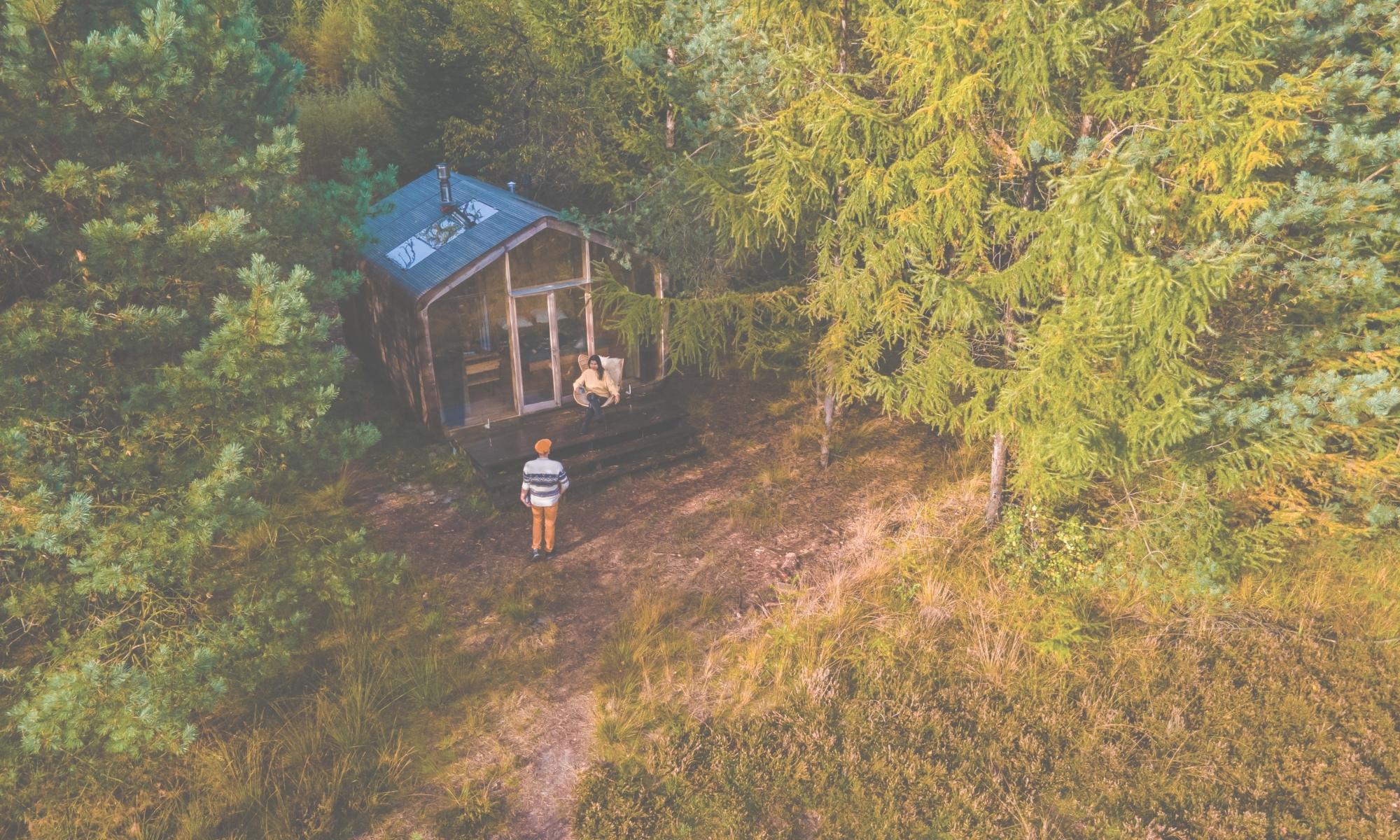Cabin Fever
Off-grid living
Published on September 2nd, 2022

The fresh air, majestic trees, and placid lakes of cottage country have attracted summer vacationers for generations. Now, thanks to modern technology and a precipitous increase in real estate prices (33% for residential properties from June 2017 to June 2022, according to the Canadian Real Estate Association), cabin fever has struck.
Canadians are embracing cottages and cabins as an affordable housing option. Some people choose it for year-round living, while others simply wish to spend more time away from the big city.
How do you transform a rustic cabin into a functional home? New technologies are making the dream of cottage country living a practical possibility.
Electricity
It can be a wonderful change of pace to escape from the distractions of televisions and computers for a summer vacation, but most people need creature comforts (and a variety of appliances) for longer stays.
For homes that are not connected to the electrical grid, a combination of solar panels and wind turbines are a good solution. When the sun is not shining, there is usually some wind blowing to generate electricity. Battery storage systems are a useful add-on that saves excess energy for later use.
Numerous companies in Canada specialize in off-grid power installations using solar panels and/or wind turbines with optional battery storage. The cost will depend on the home’s location and energy requirements.
Advances in green energy
In the 1950s, NASA developed solar photovoltaic technology to power their first satellite. The technology is now found in everything from calculators to hiking backpacks to solar arrays capable of powering entire neighbourhoods. This technology has become more efficient and affordable, with exciting innovations on the horizon.
Amazingly, researchers are developing solar panels that can produce power at night using the residual thermal heat of the sun. There have also been successful experiments using perovskite crystals, which are easier to produce and more affordable than silicon (AZO CleanTech 2022). Perovskite crystals can also be used in applications where panels need to bend.
In August 2022, researchers at the Massachusetts Institute of Technology (MIT) made a breakthrough that might dramatically improve the ability to store the power of the sun and wind. Their new battery is made with cheap, abundant aluminum and sulfur (plus a salt electrolyte). This battery is safer than lithium-ion since it is completely non-flammable. MIT Professor Donald Sadoway notes that the battery would be ideal for installations of the size needed to power a single home (MIT News 2022).
Water
Municipal water is often the cleanest, safest option, but many cottages and cabins are located too far from towns to be able to connect to it. In that case, homeowners can opt for water delivery, a well, and/or a rain catchment system.
Well drilling companies can test the site to determine the possibility of tapping into the water table or an aquifer. In some cases, natural springs are close to the surface, but typically, a well must be drilled down many metres to reach water. Once water is found, it should be tested for contamination from bacteria, salt, metals, and chemicals. If the water is suitable, bringing it to the surface requires power; a simple, economical option is a wind- or solar-powered pump.
Even with a well, it’s common to add a rain catchment system to ensure a supply of water. Rainwater that falls on the roof is collected and saved in storage tanks for later use. The system is generally affordable because rainwater is perpetually free, and it is relatively low-tech relying on gravity to deliver water from the roof to a storage tank.
Whether water falls from the sky or is pumped from a well, it should be purified. The first step is to run it through a filter. Next, it should be treated with chlorine or ultraviolet light to kill any viruses, bacteria, and other microorganisms.
Safety
Living off-grid in a charming, updated cabin or cottage means no more electricity bills, but other rules still apply. The building will need to have smoke detectors and may need to meet certain building codes. Owners should also expect to upgrade the insulation and install new windows for added comfort.
Have you caught cabin fever?
Sources
AZO CleanTech. 2022. “Recent Developments in Solar Energy Technology.” https://www.azocleantech.com/article.aspx?ArticleID=1593.
MIT News. 2022. “A new concept for low-cost batteries.” https://news.mit.edu/2022/aluminum-sulfur-battery-0824.
Powered by Froala Editor